A team of Chinese astronomers just discovered a mysterious star in our galaxy that appears to have originated from somewhere else. In their paper published in the journal Nature Astronomy, the team claimed that the star they called J1124 + 4535 has a different chemical composition as compared to the rest of the stars in the Milky Way galaxy.
J1124 + 4535 was found in the Ursa Major constellation, also known as the Great Bear. This constellation is made up of seven bright stars with the tail and body of the bear forming the famous Big Dipper.
According to the researchers, the ‘alien’ star appears to have originated from a dwarf galaxy that may have merged with the Milky Way millions of years ago. Using the Large Sky Area Multi-Object Fiber Spectroscopic Telescope, the team observed that the star has a minimal amount of magnesium and high concentration of europium content.
The Mysterious Star
Previous studies confirmed that the magnesium content of stars from dwarf galaxies are different from massive galaxies like the Milky Way because of the amount of time it takes for the stars to form. The team wrote in their paper:
“Stars like this one have been found in present-day dwarf galaxies, providing the clearest chemical signature of past accretion events onto the Milky Way.
The long timescale of the chemical evolution of the host dwarf galaxy expected from the abundance of α-elements with respect to Fe suggests that the accretion occurred in a relatively late phase compared with most of the accretions that formed the bulk of the Milky Way halo.”
Another study confirmed the findings of the Chinese astronomers, citing that J1124+4535’s europium content is far higher than those of our Sun. The scientists reported that this kind of chemical composition has never been observed in the rest of the Milky Way, making it a solid proof that the mysterious star is indeed from another place.

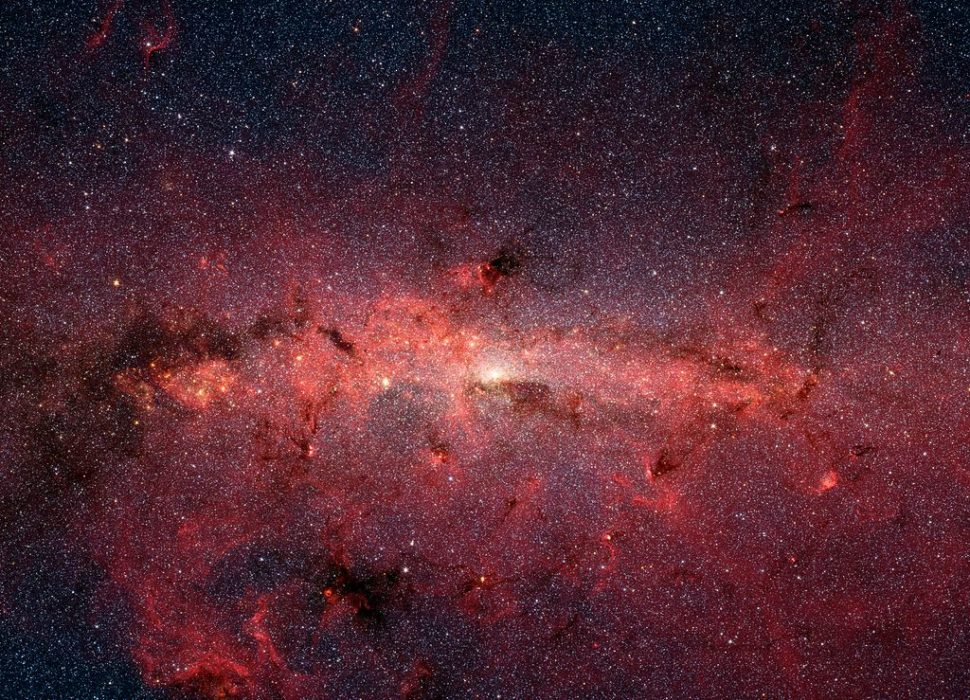

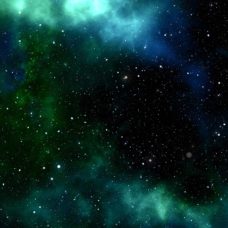
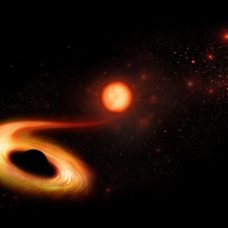


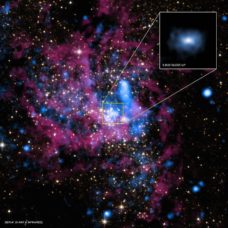


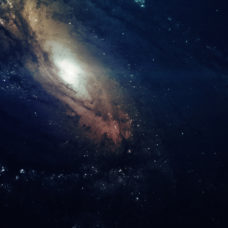

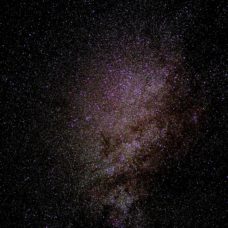
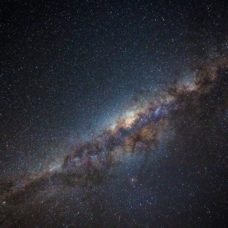




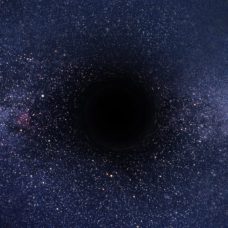
Comments (0)
Least Recent